-
Finishing
Type of Printing

Sublimation Printing
Sublimation printing is a digital printing process that uses heat and pressure to transfer dye onto different materials. Here's the full process: You print a design onto special transfer paper using sublimation inks. Then, you place the paper onto a product and heat it with a heat press.
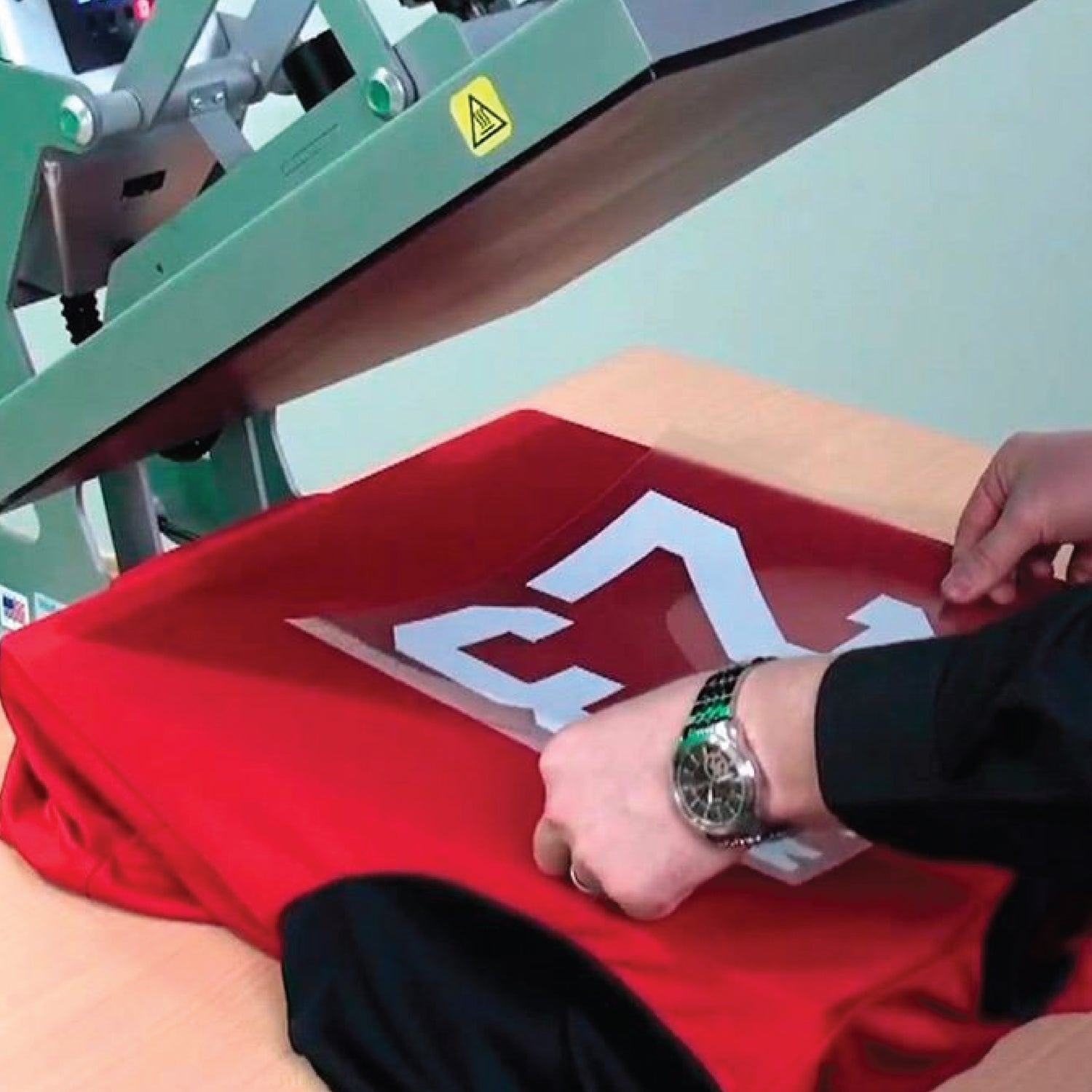
Heat Transfer
Heat transfer printing uses the process of heat to transfer an image created in wax to an object or garment. This printing method is compatible with pre-painted images on a wax sheet or can be used to create an image by layering wax dye onto an object.
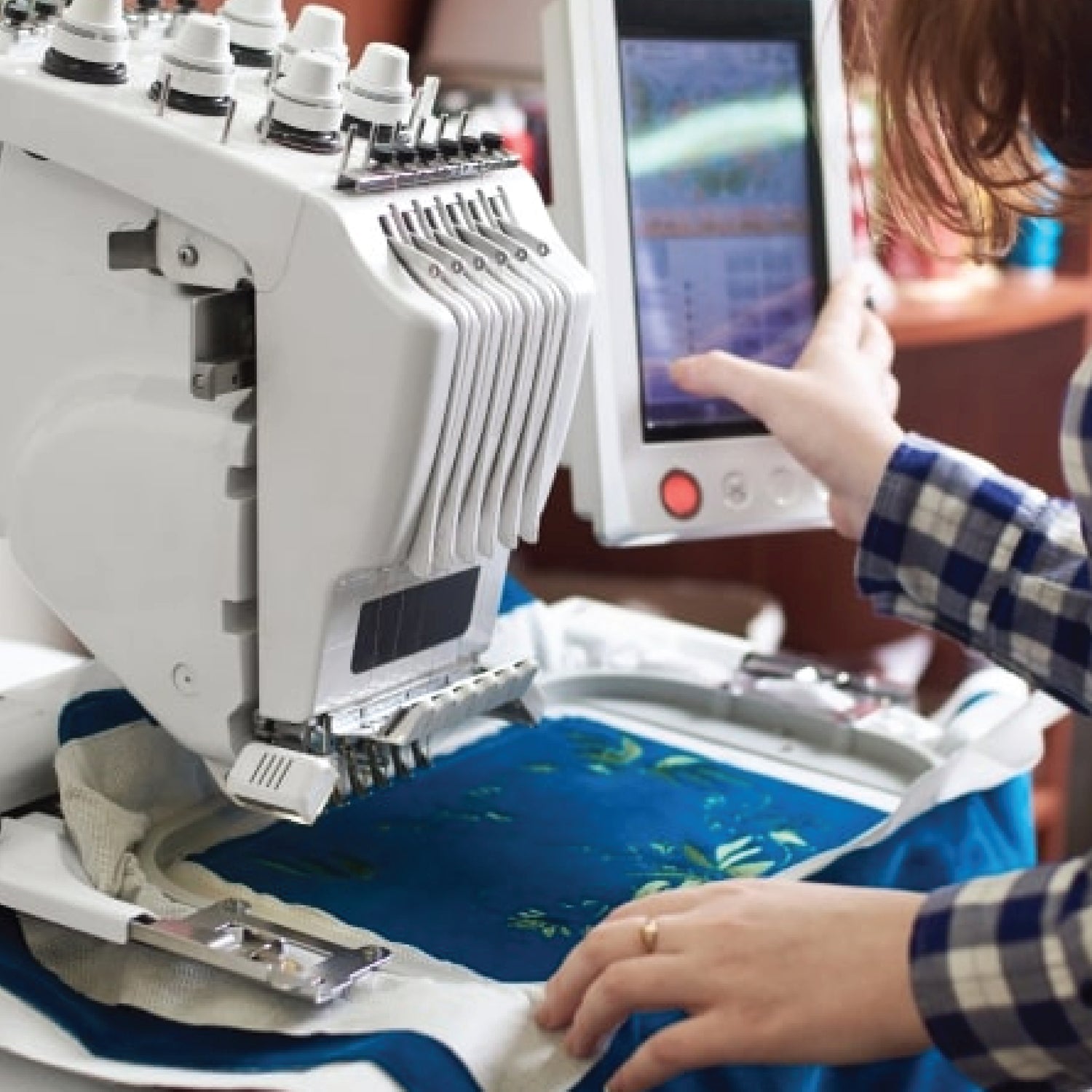
Embroidery printing
Embroidery is the process of creating a design by sewing an image into a garment using a computerised embroidery machine. Embroidery is durable, eye-catching and three dimensional due to the threads being used. Upon completion, the embroidered design is coated in a sheen to help the colours stand to attention.

Silk Screen Printing
Screen printing, also known as silk screening or silkscreen printing, is the process of transferring a stencilled design onto a surface using a mesh screen, ink, and a squeegee (a rubber blade)
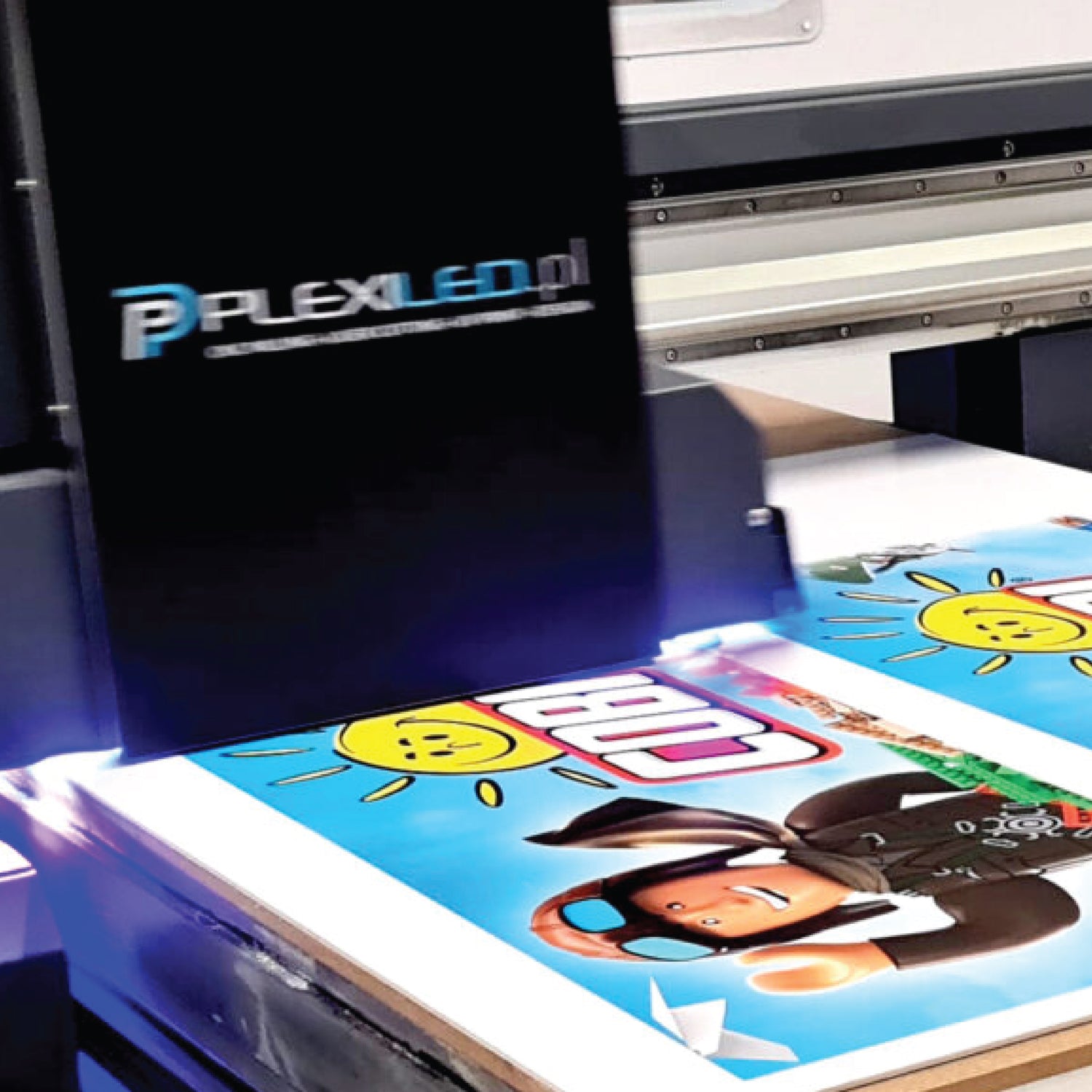
UV Printing
UV printing uses ultra-violet lights to dry the ink as it is printed. The printer distributes the ink on the material's surface and the UV lights follow from behind, drying the ink instantly.
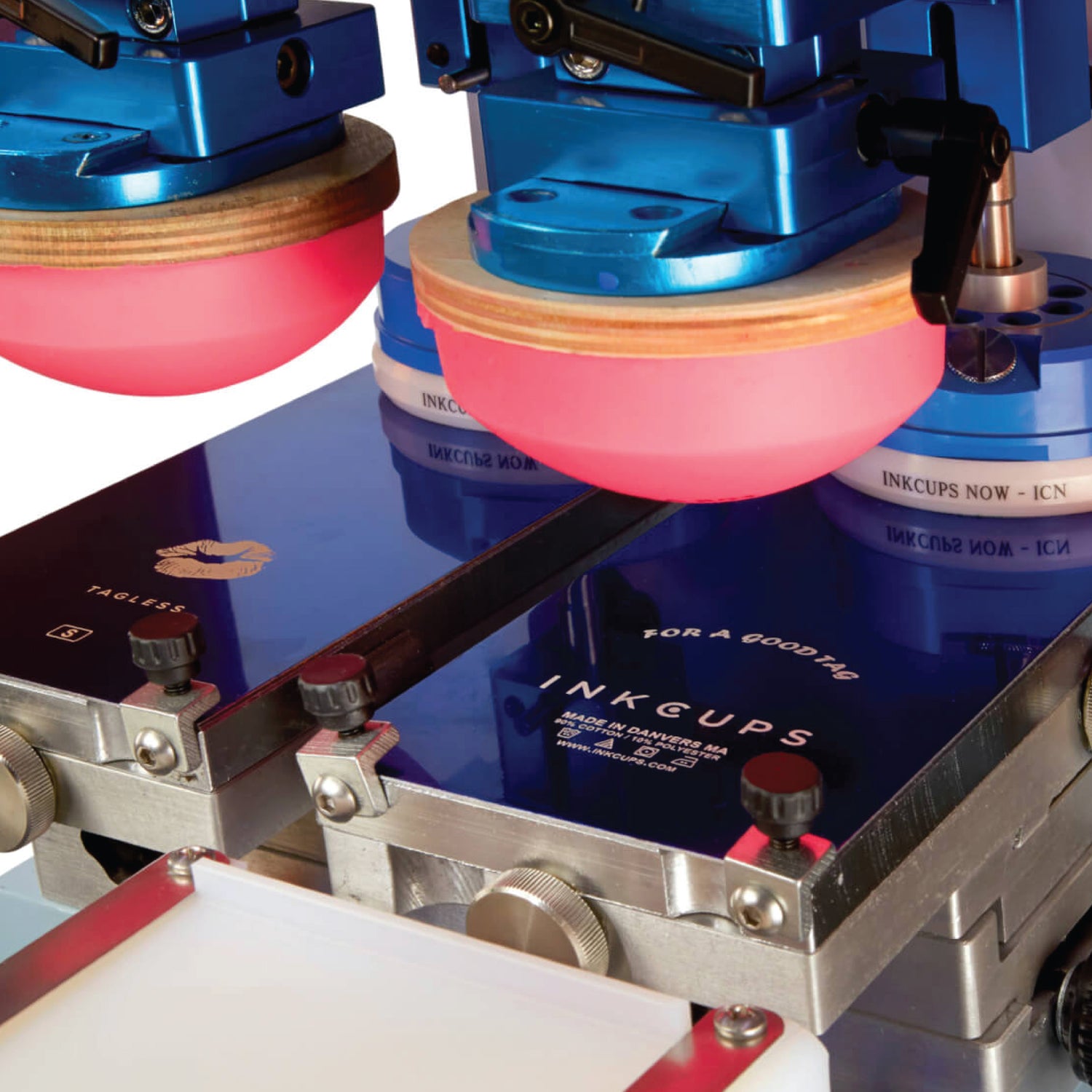
Pad Printing
Pad printing, also called tampography or tampo printing, is an indirect offset (gravure) printing process where a silicon pad takes a 2-D image from a laser engraved (etched) printing plate (also called cliché) and transfers it to a 3-D object.
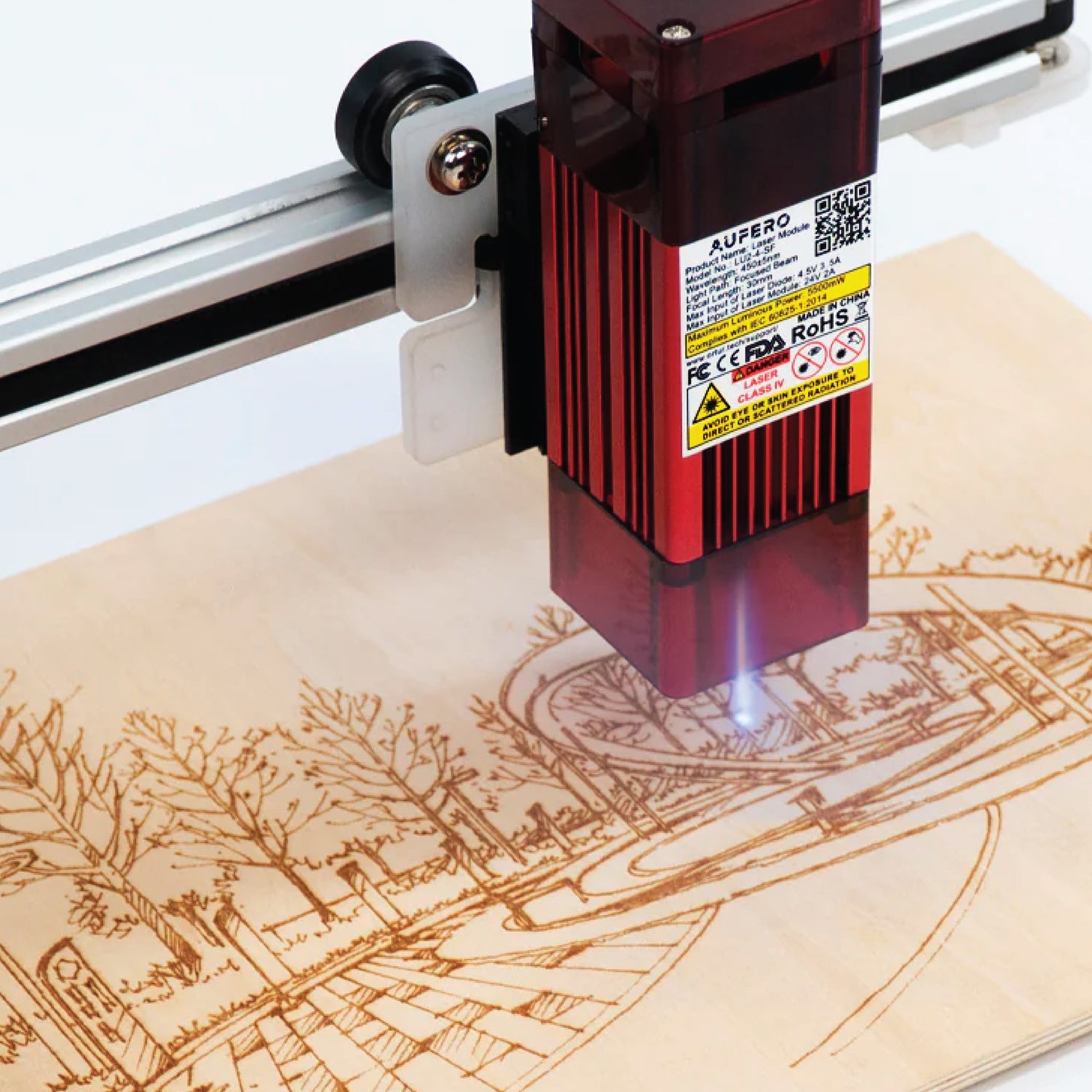
Laser Engrave
Laser engraving is a process that vaporizes materials into fumes to engrave permanent, deep marks. The laser beam acts as a chisel, incising marks by removing layers from the surface of the material. The laser hits localized areas with massive levels of energy to generate the high heat required for vaporization.
Follow us for more.
Subscribe to our Latest News & Promo.
